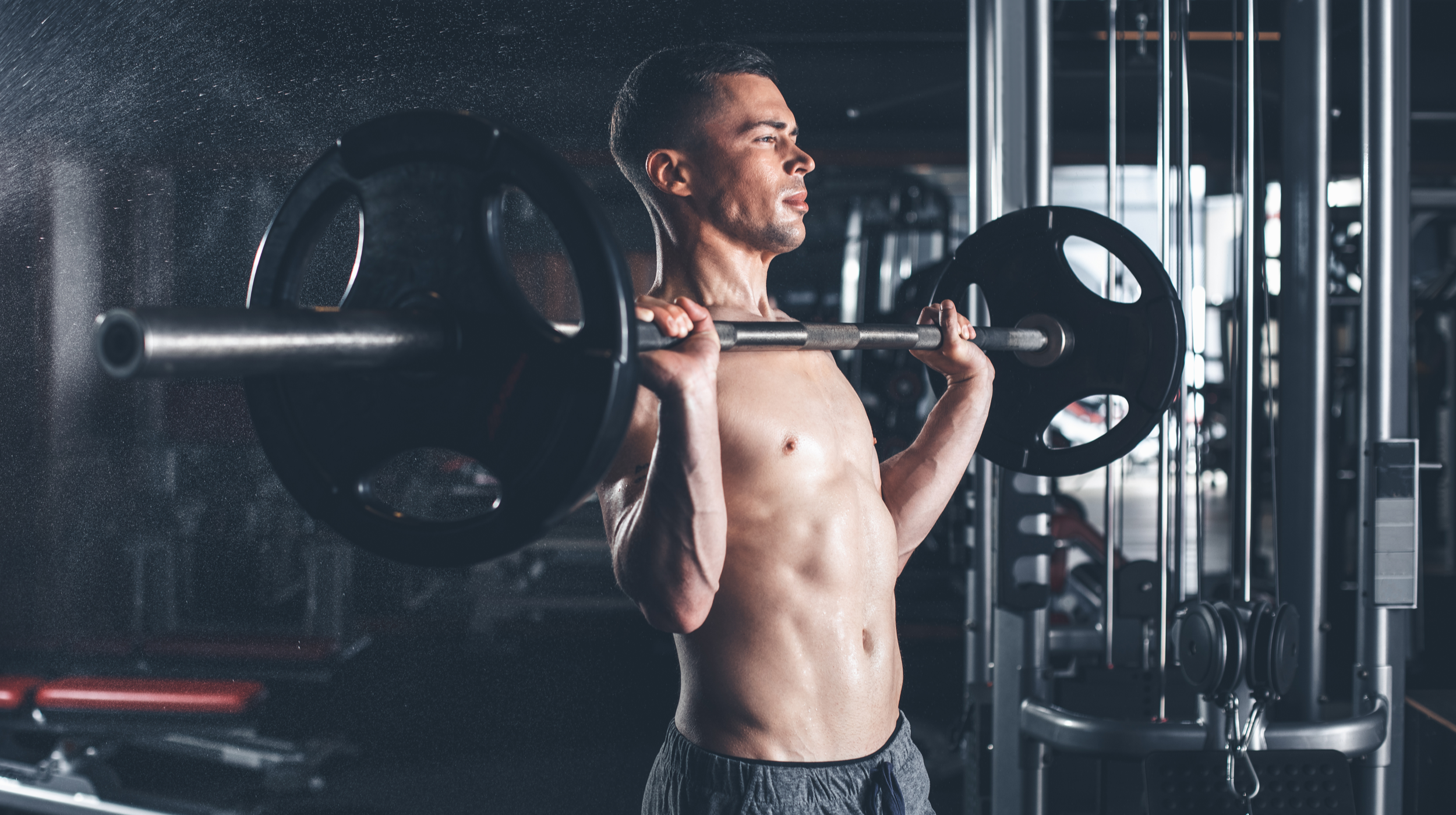Best Resistance Training Exercises if You Want to Grow Your Shoulders
Jan 21, 2021 mindpumpHaving full shoulders gives a great overall aesthetic. It’s what helps create the nice V-taper. It is also seen as very “masculine” to have broad shoulders. The hard part with shoulders however, is it’s very easy to overcompensate with other muscles in the body and fool yourself into thinking you are hitting the delts.
Build A Connection
When working with heavy weight, your body just wants to get it from point A to point B. It doesn’t know you want boulder shoulders. Lateral raises, for example, a lot of people do and end up using too much shrugging of the traps to get the weight up. So make sure you are really focusing on proper form. Instead of thinking of shrugging the weight up, try pushing the dumbbells outward and away from you and you should feel it more in your shoulders.
Most people will have to drop down to 10-15lbs to really feel the muscle. Play around with SLIGHT changes to the angle to see if you feel a better contraction more in different areas. I have found for myself, playing around with this and finding where that sweet spot is made all the difference in shoulder growth.
My Favorite Exercises
This isn’t an exhaustive list but let me start by going into some of my favorite exercises for making sure you are hitting every part of the shoulder.
Z-Press – What I love about the Z-Press over a regular shoulder press is it takes momentum out of the equation. It forces you to keep your core tight and form perfect. By forcing a proper position you create a more ideal movement pattern for targeting the delts.
Check out Mind Pump’s Video for this Exercise
I would recommend starting with these for 3-4 weeks, and then getting into a military or other overhead press.
Lateral Raises – I explained a little already on how to adjust the technique for this. Don’t be afraid to lighten the weight if you need to to create that outward effect. Another big mistake I see with these is lifters going way too heavy for the movement. You shouldn’t be swinging your body. Shoulders grow better off time under tension vs going as heavy as possible.
Check out Mind Pump’s Video for this Exercise
Rear Flyes – If you are like me, my rear delts were the smallest part of my shoulder. I realized later in my lifting career I was doing a ton of overhead pressing, and bench work (which also hits the front delts) so they had no problem growing. I wasn’t doing much for the rear delts. I ended up placing a focus and starting my workouts with rear flyers. It gave me the most energy to focus on a lagging body part.
Check out Mind Pump’s Video for this Exercise
Try This:
Frequency: 2-3 days a week
Reps: Rotate through all ranges for maximum efficiency.
Weeks 1-4 – 8-10
Weeks 5-8 – 10-12
Weeks 9-12 – 12-15
Compound Shoulder Exercises:
Front delts – Overhead press, military press, dumbbell shoulder press, Z-press, push press
For isolation exercises, they usually target specific muscle groups (in this case just the shoulder), rather than a whole bunch of secondary muscles. They’re recommended to do after the compound ones, as the risk of injury is lower. The reason being, these are usually done on machines, don’t tax as many muscles, don’t require as much stability, and don’t usually ramp up in nearly as much weight as a compound one would.
Isolation Shoulder Exercises:
Front delts – front raises, plate raises
Side delts – lateral raises, seated lateral raises, incline lateral raises
Rear delts – rear cable flyes, bent over flyes, single arm flyes,
Final Notes
One thing to keep in mind for any smaller muscle groups like arms and shoulders. Don’t feel like you HAVE to directly work these muscles. They are getting more than enough stimulation from the bigger compound lifts. Make sure first and foremost, you have those staple, compound movements in place. Spend time building your physique with those, and THEN add in direct arm and shoulder work if you find certain areas are lagging (like rear delts were for me). Doing an overkill amount of work for a muscle that’s already growing fine with less volume won’t make it grow any faster. If anything you might risk overtraining that muscle and thus, causing slower gains.







